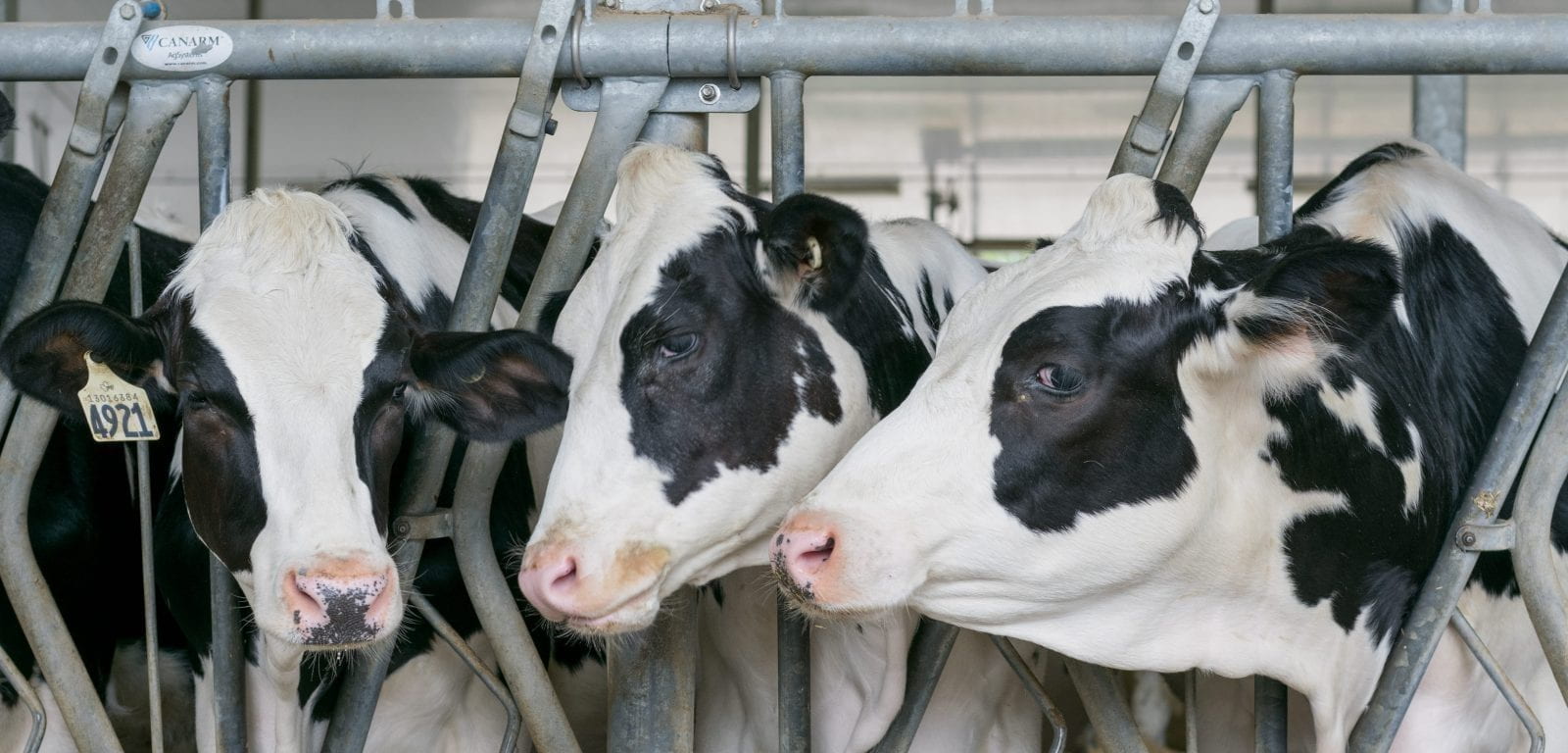By Steeley Ellis
With Alexandra Harlander, Vicky Sandilands, Janice Siegford, Tina M. Widowski
Perching is a highly motivated behaviour in laying hens. However, it is unknown whether painful conditions such as keel fractures or foot health problems decrease motivation for perching and whether they affect hens’ abilities to grasp a perch. It is hypothesized that hens with keel and footpad problems will affect birds’ preference for perch type and their method of reaching the perch. Dekalb White (n=32), Bovans Brown (n=32) and White Leghorn(n=32) hens will be housed in groups of 8 in 4 floor pens per strain (N=12). Within each pen, there will be 2 birds of each health status; healthy, keel bone injury, footpad problem, or both with birds individually identified with numbered backpacks. Each pen will receive 3 pairwise comparisons of 2.54cm round perch, 2.54×5.08cm flattened oval perch, and a platform, all elevated 81cm above the ground. Each comparison will last 2 weeks. After a 4 day acclimation, birds will be recorded for 2 days. Treatment combinations will be switched to account for location bias then the acclimation and recording periods are repeated. After each comparison, hens will be radiographed and scored for keel and footpad condition. By the end of the experiment, all birds will have experienced each treatment combination. Observers, blind to hens’ condition, will perform scan sampling to determine their preferences for night-time roosting and day-time perching and to identify whether they use a ramp or jump to asscend to and descend from the surfaces. The results of this study will help to inform producers on how health conditions affect hens’ abilities and motivation to utilize their environment so that we can provide housing designs that best promote comfort.




